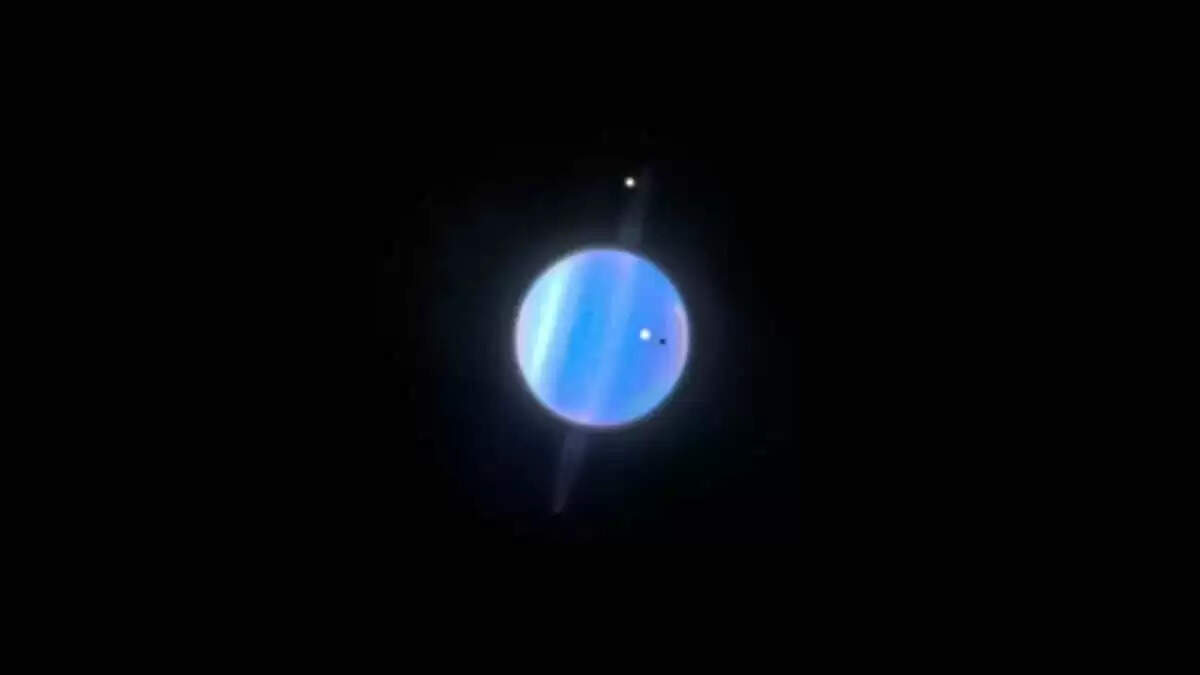Hubble Finds Cosmic Mud Coating Uranus’ Moons, Not Radiation Scars

The newest Hubble Area Telescope observations reveal a twist within the story of Uranus’s moons. Somewhat than the anticipated radiation “sunburn,” the moons Ariel, Umbriel, Titania and Oberon appear to be actually gathering cosmic mud. It seems the planet’s odd tilt is not scorching their backsides as predicted, however coating the entrance ends of the 2 outer moons in a sort of space-grime as an alternative. This end result has astronomers scratching their heads, as a result of it is simply the alternative of what they anticipated beneath Uranus’s warped magnetic subject.
Mud, Not Radiation
In line with the info from NASA’s Voyager 2 flyby in 1986 and a long time of modelling, scientists assumed Uranus’s sideways spin meant its magnetic subject blasted every moon’s trailing aspect (the “again window”) with charged particles, darkening it. The rear halves had been anticipated to look uninteresting and darkish. As a substitute, Hubble’s ultraviolet information inform a special story: Titania and Oberon (the distant pair) are literally darker on their main faces – the alternative of what that radiation speculation predicted. In different phrases, the impact is not radiation harm in any respect. As a substitute, it seems like Uranus’s magnetosphere largely misses these moons.
A Cosmic Windshield Impact
Area mud kicked up by Uranus’s far-flung irregular moons. Micrometeorites continuously pummel these distant satellites, flinging tiny grit inward over hundreds of thousands of years. Titania and Oberon plow by means of this mud cloud, accumulating particles on their ahead sides identical to bugs on a automobile’s windshield. This cosmic “bug splatter” coats their main faces with a barely darker, reddish tint.
In the meantime, Ariel and Umbriel trip within the mud shadows of their larger siblings and look about the identical brightness on each side. Uranus’s large moons have gone by means of a slow-motion cosmic automobile wash, dusting their fronts as an alternative of catching a UV burn. In different phrases, a dusty windshield — not radiation — is portray these moons. It is a reminder that area can shock us, generally with nothing extra unique than plain outdated mud.
